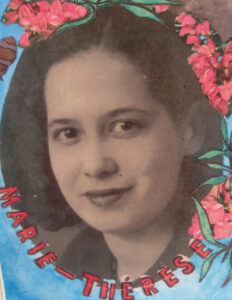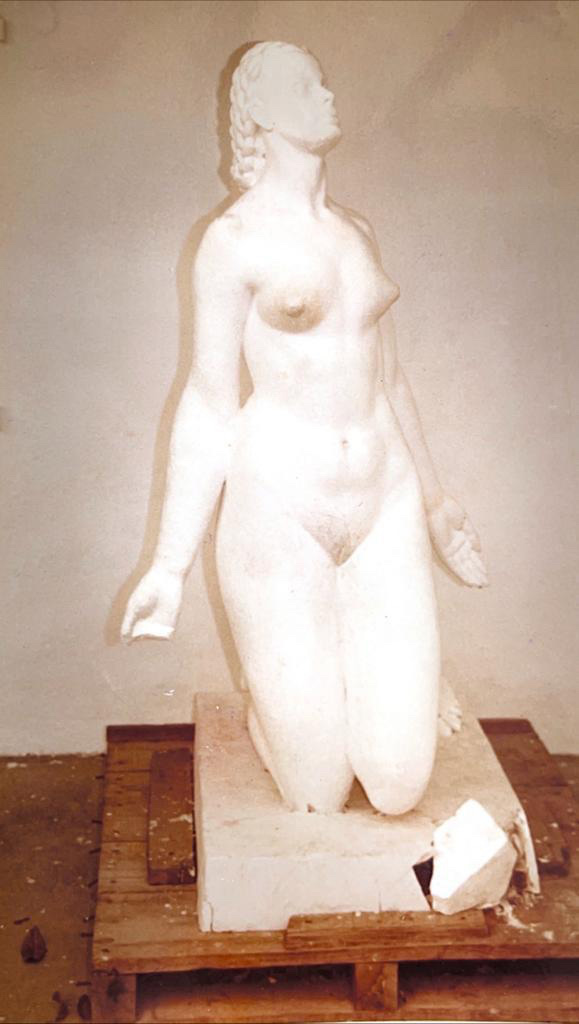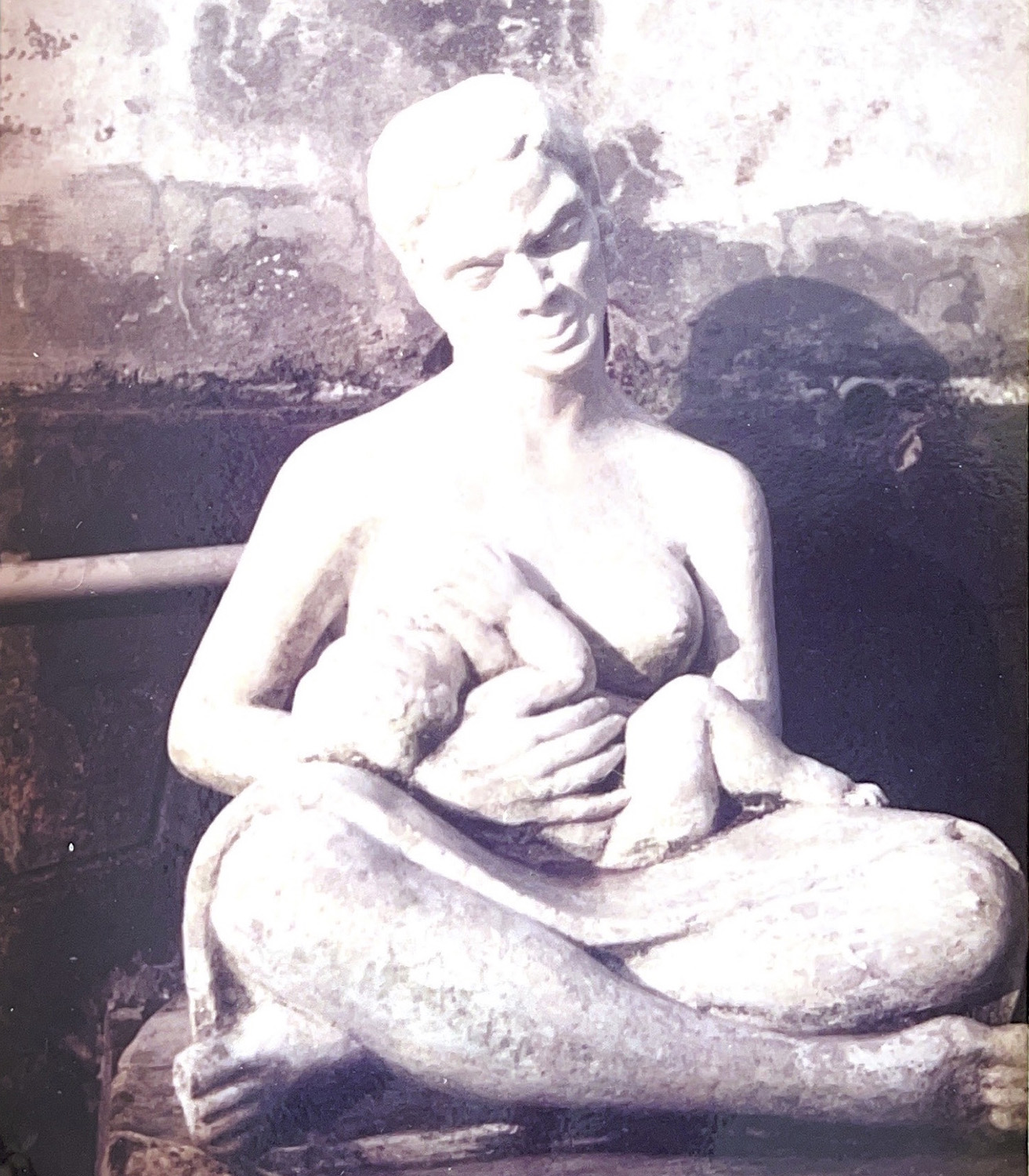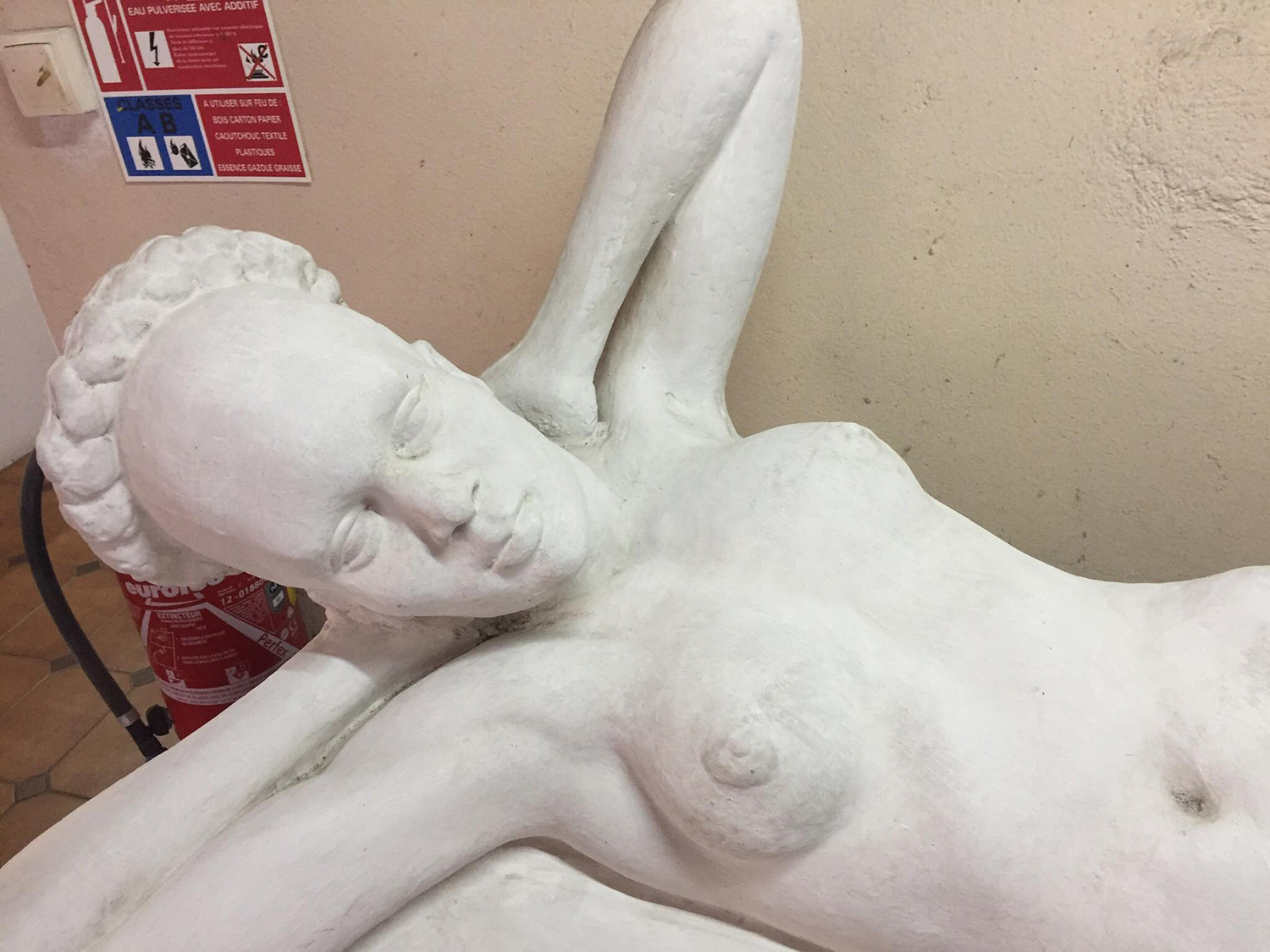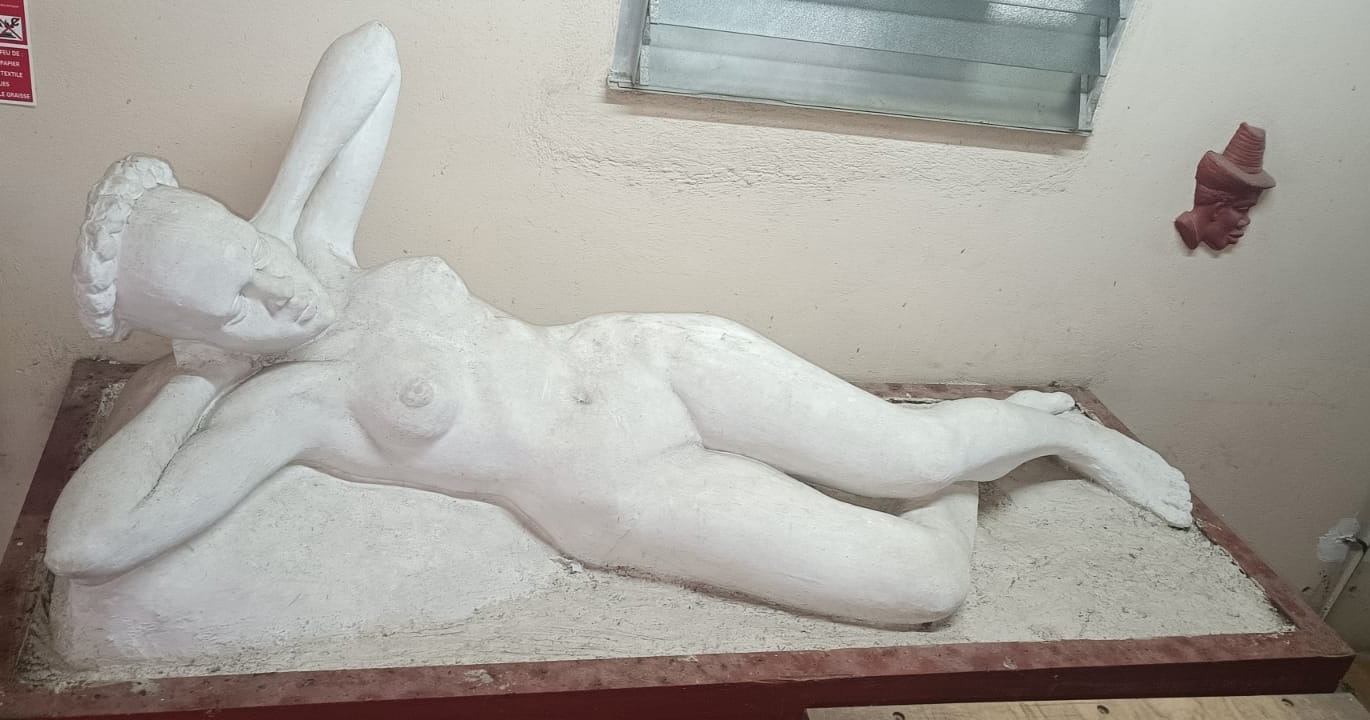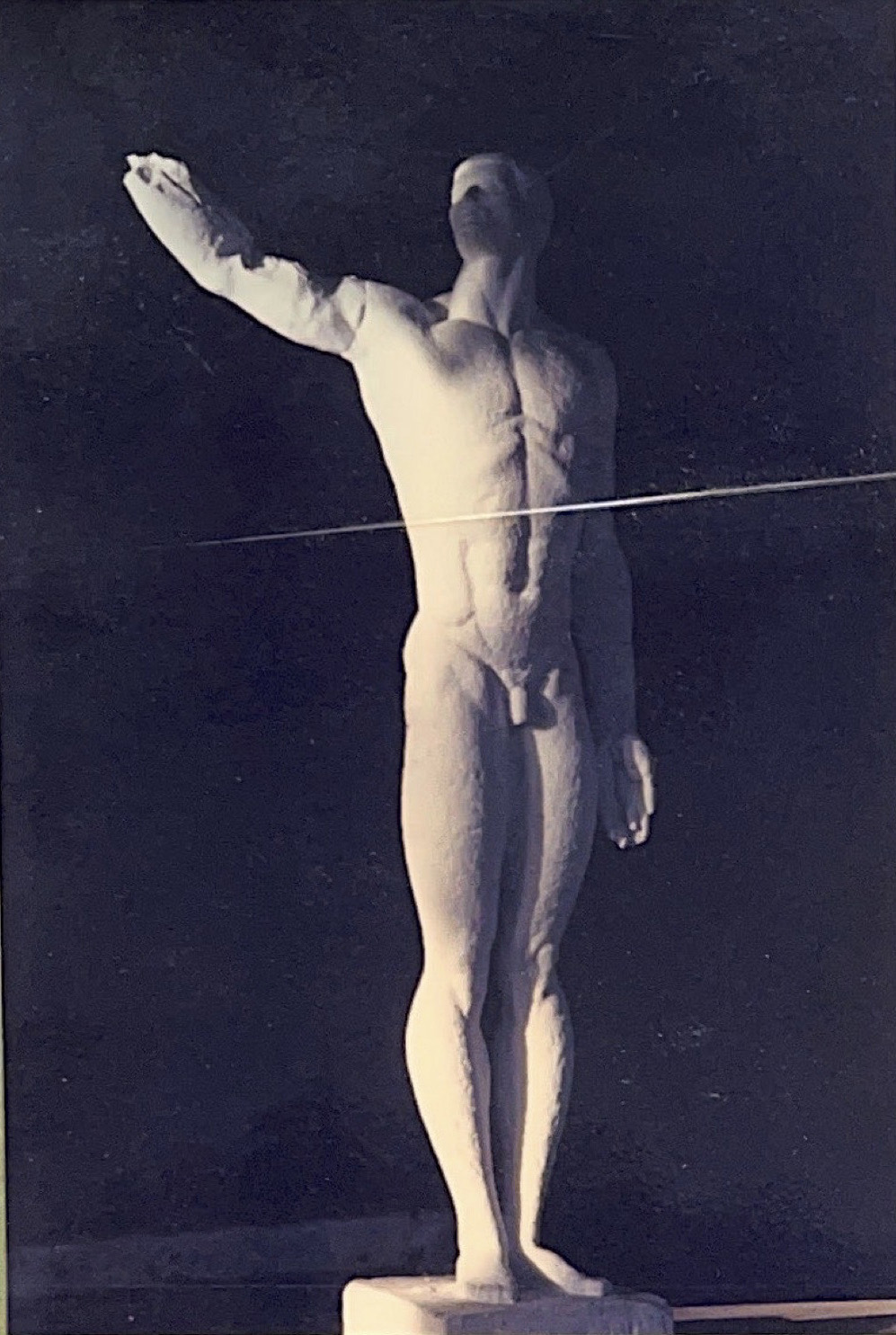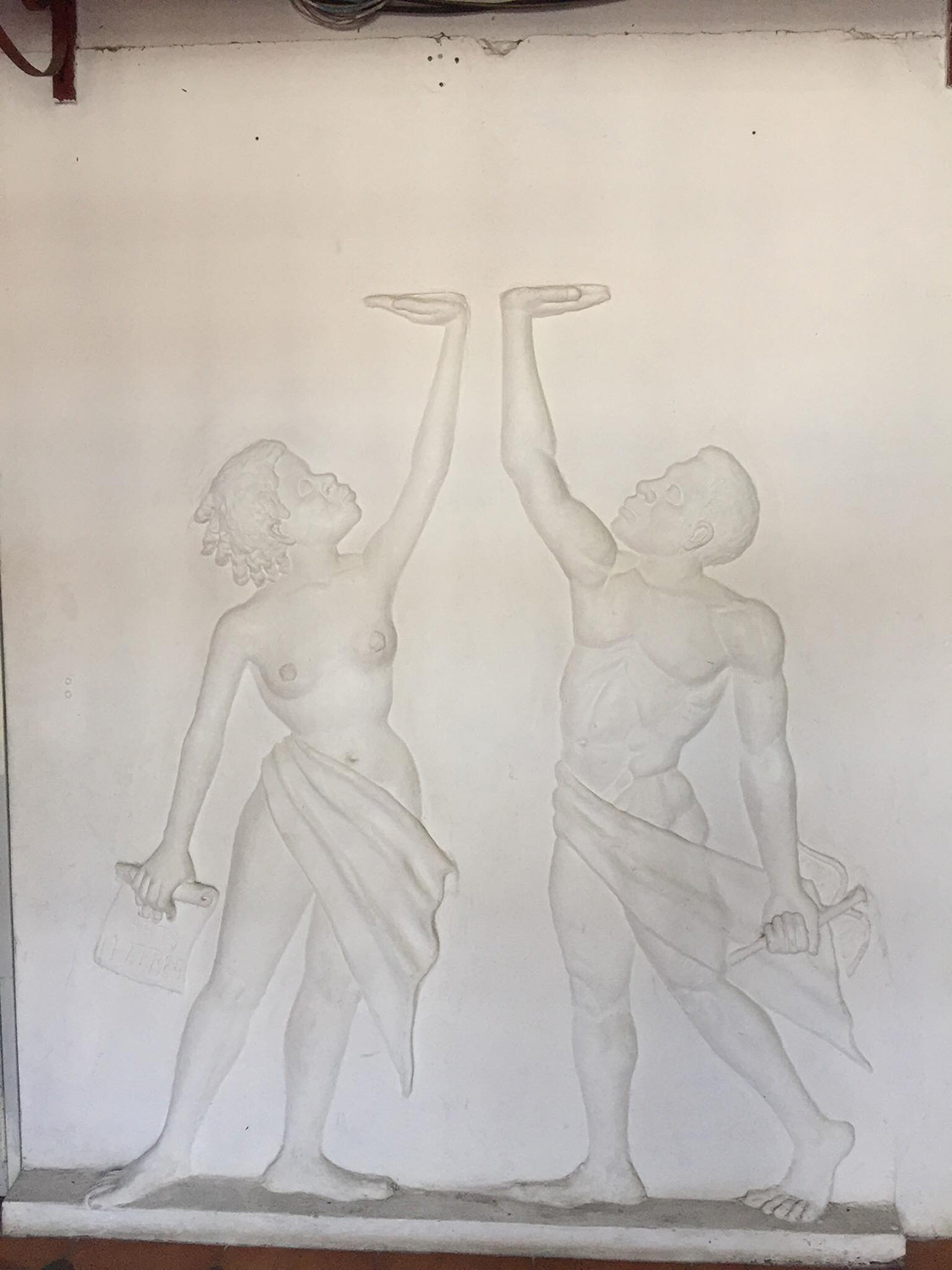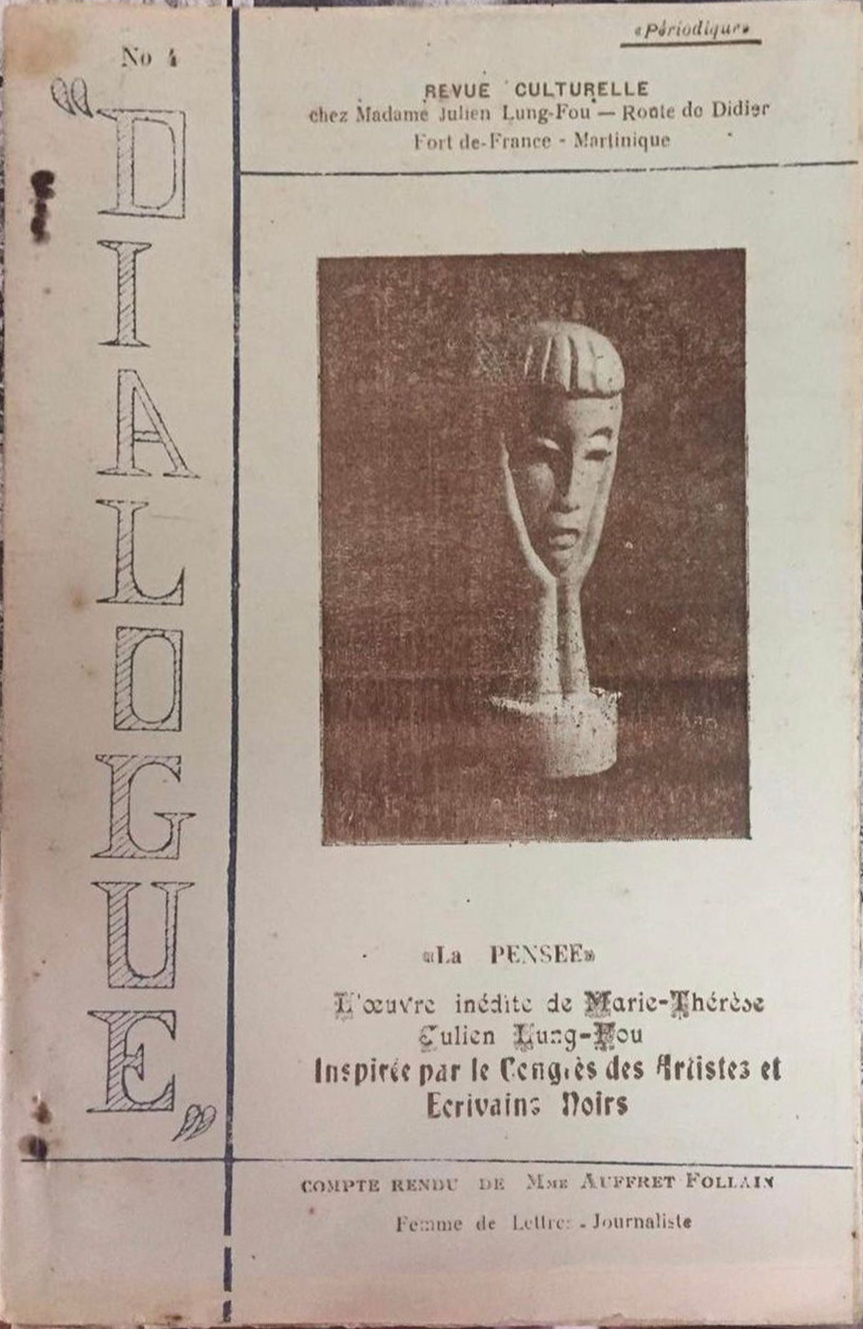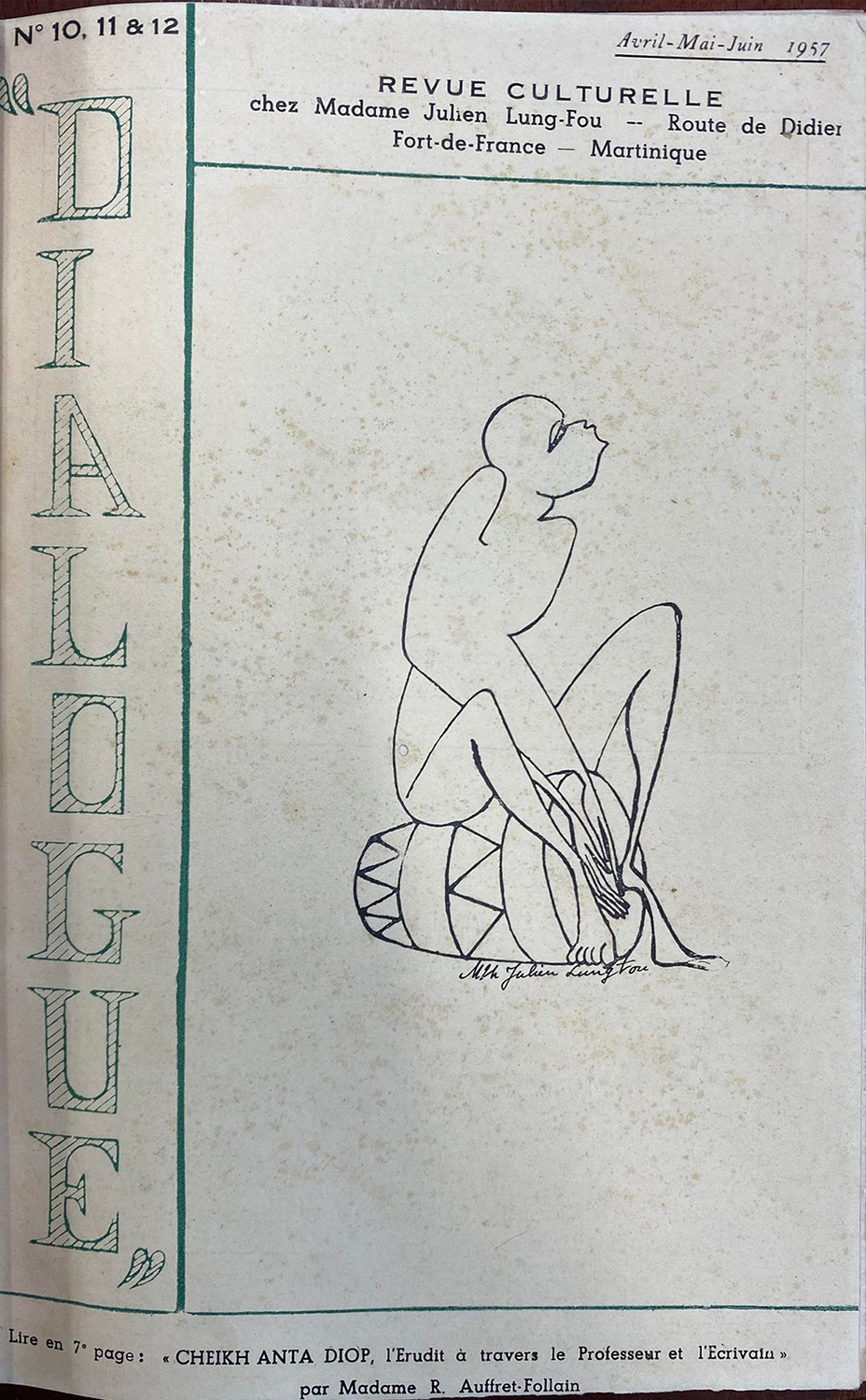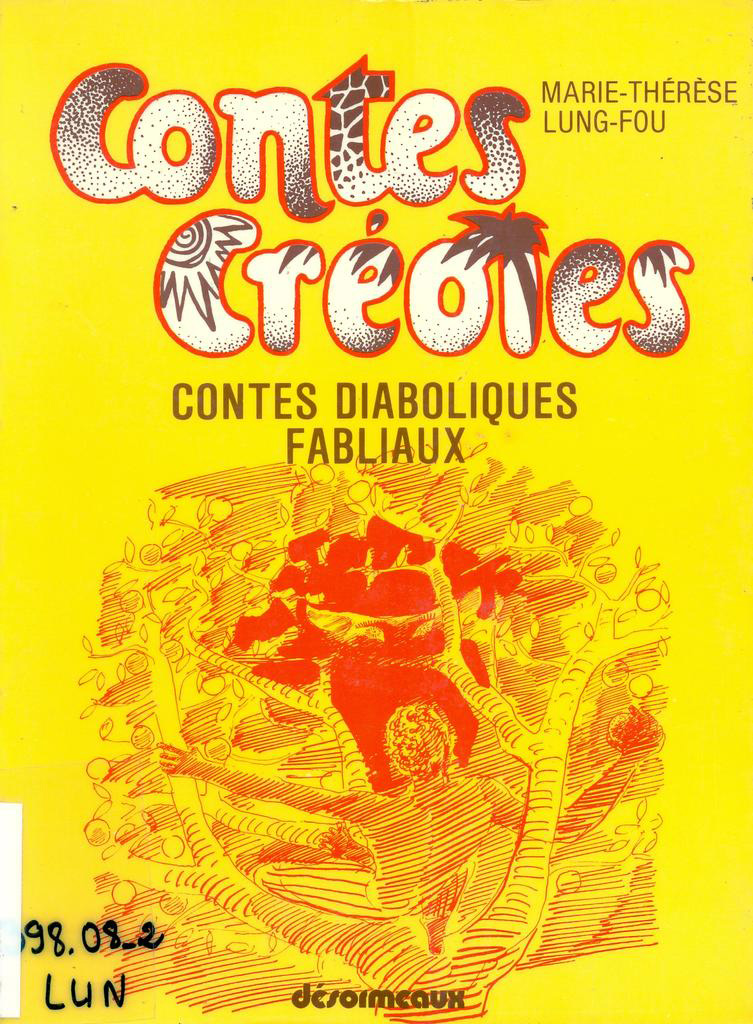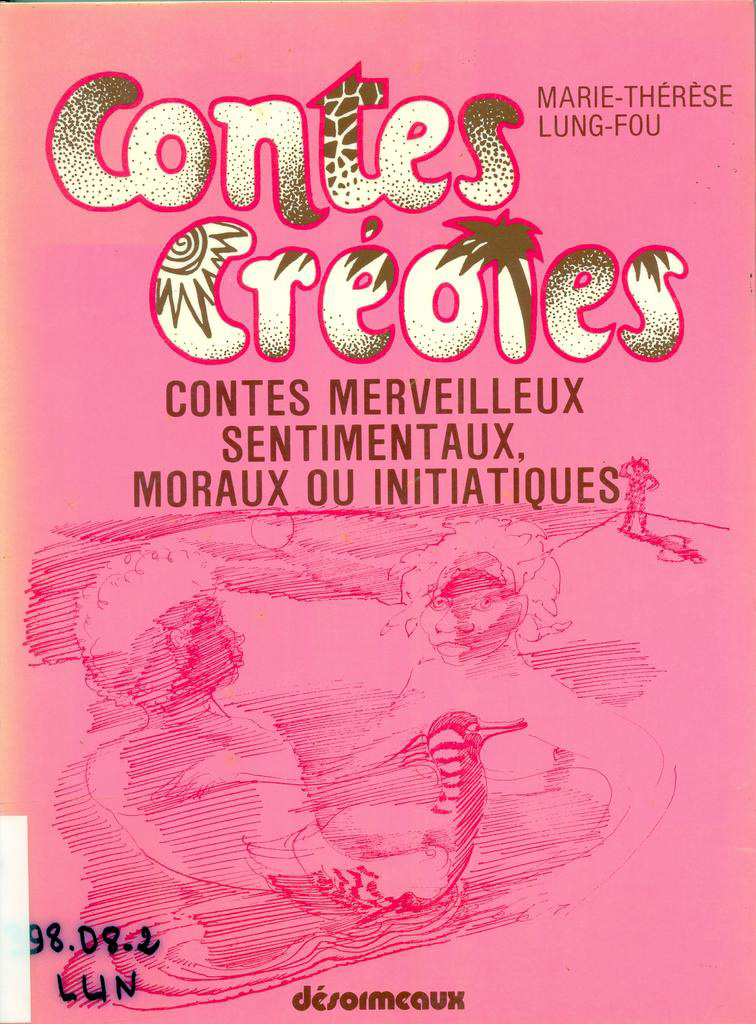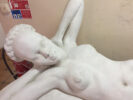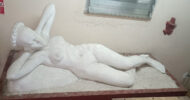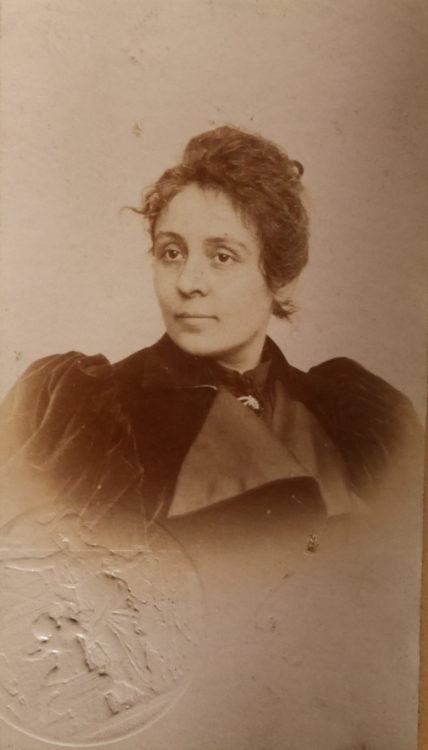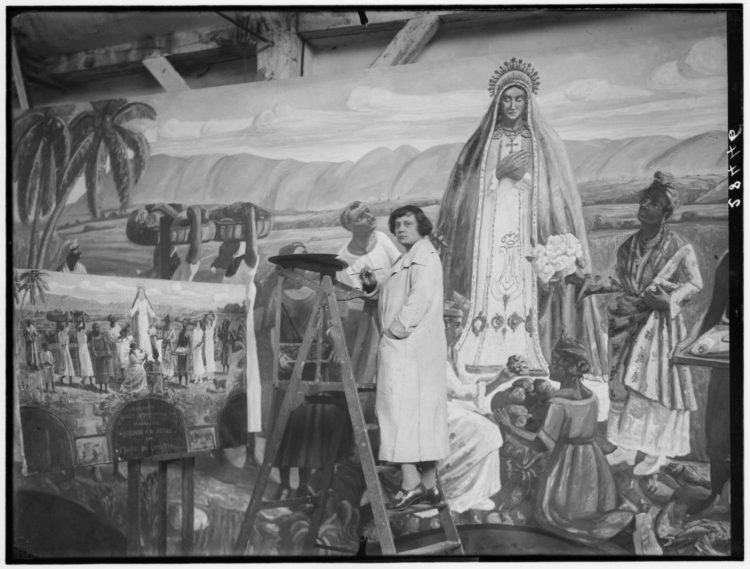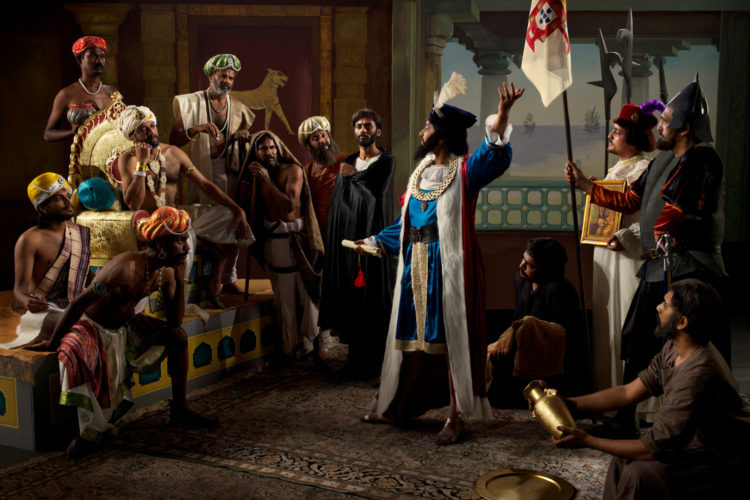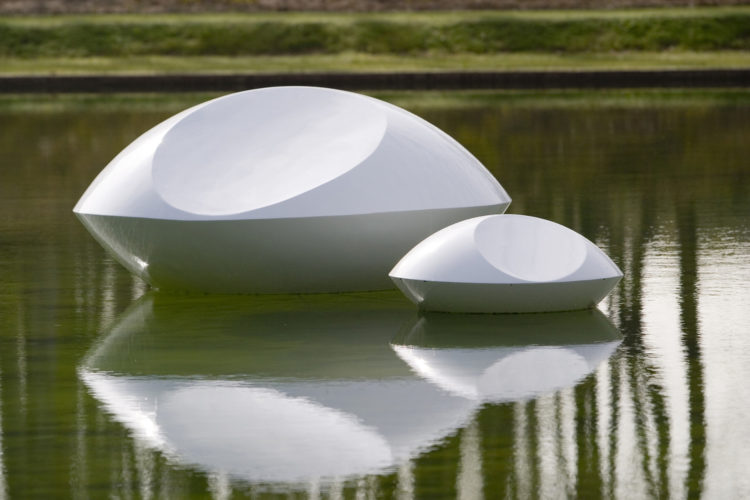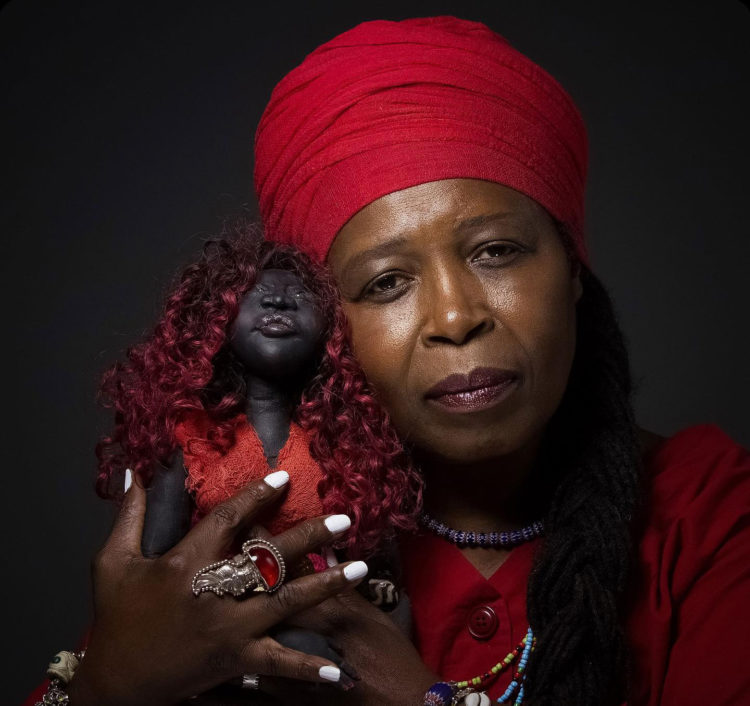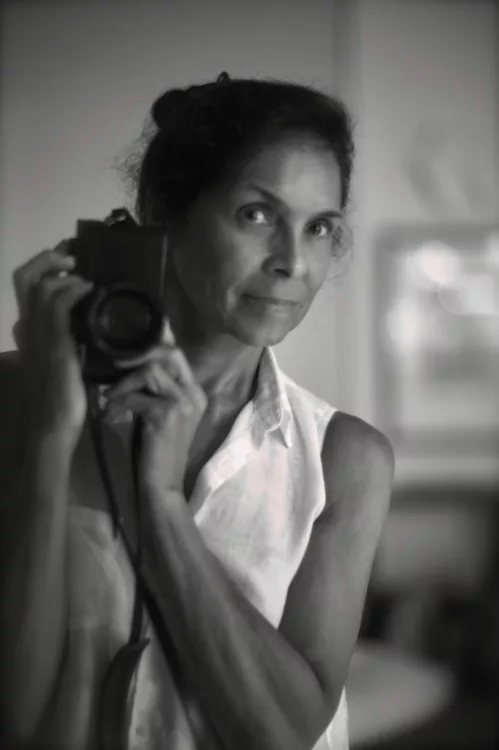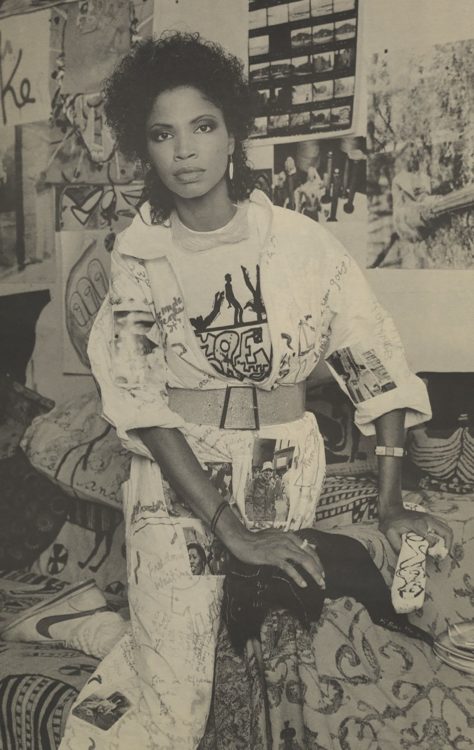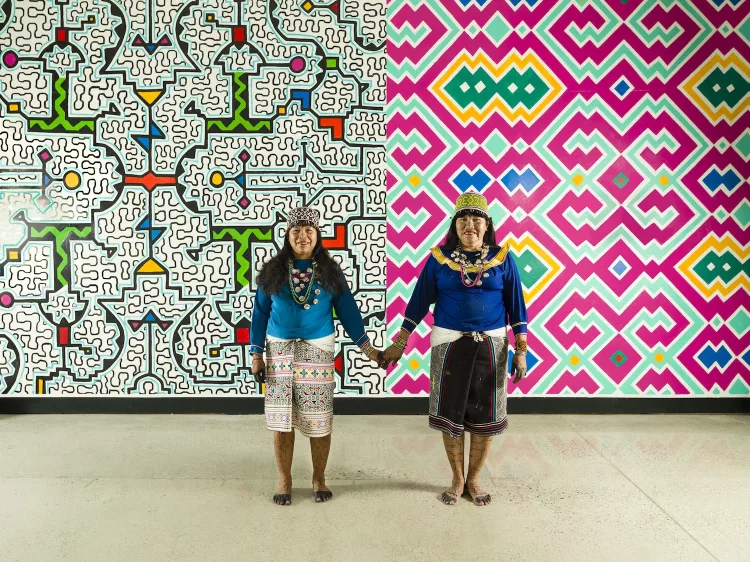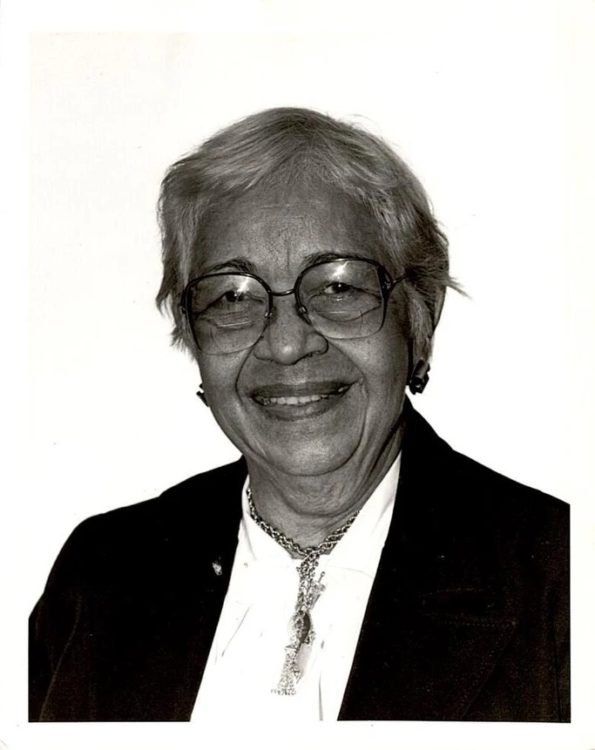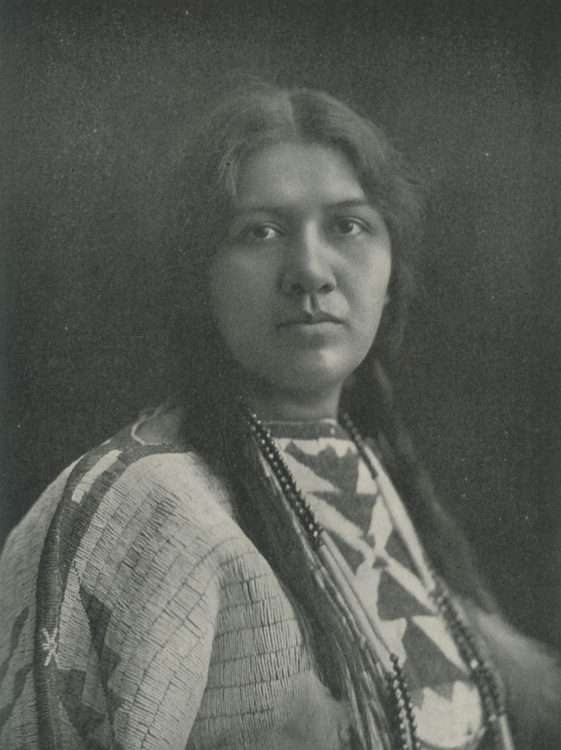Marie-Thérèse Julien Lung-Fou
Louise, René, “Marie-Thérèse Julien-Lung Fou”, in Peinture et sculpture en Martinique, Éditions Caribéennes, 1984, p. 26-27.
→Lung Fou, Marie-Thérèse, Contes créoles. contes, légendes, proverbes, devinettes et autres histoires fantastiques, Fort-de-France, Désormeaux, 1980.
→Lung Fou, Marie-Thérèse (ed.), Dialogue, revue culturelle, route de Didier, Martinique, 1955-1957.
Archives Départementales de la Guadeloupe, Fonds Roger Fortuné (ADG 7 J 17-18), Exhibition Marie-Thérèse Lung Fou, 6th Salon des réalités martiniquaises, December 11, 1955 – January 3, 1956, Maison de la Culture, Fort- de-France, 1955.
→Archives Départementales de la Guadeloupe, Fonds Roger Fortuné (ADG 7 J 17-18), Exhibition Marie-Thérèse Lung Fou, Salon de l’Hivernage, novembre 1947, Palais du Conseil Général en Guadeloupe, 1947.
Martinican sculptor, drawing artist, poet and storyteller.
Marie-Thérèse Julien Lung-Fou was a unique artist, thanks to both her wide-ranging talents (sculpture, drawing, poetry, theatre, storytelling and children’s literature) and her multiple heritage (Chinese, Afro-Caribbean and European). Born in the Trois-Îlets region of Martinique, she grew up in a neighbourhood surrounded by potters. After attending boarding school at Pensionnat Colonial in Fort-de-France, in 1934 she was admitted to the École Nationale des Beaux-Arts in Paris, making her mark as the first West Indian female sculptor. Her early work Tam-Tam (c. 1936) – depicting a labourer straddling a carved stone drum – formed the centrepiece of the arts pavilion celebrating Martinique’s Tricentenary.
In Paris M.-T. Lung-Fou garnered a large number of prizes and awards, not least a bronze medal at the 1938 Salon for her work L’Offrande [The Offering] (1938) in the Art Deco aesthetic style. She remained however on the fringes of the Société Coloniale des Artistes Français (SCAF) and this no doubt hindered her career and the national recognition she deserved. Following ten years in French Indochina, the artist returned to Martinique with her husband, where she played an active role in post-war artistic and cultural life. She also encouraged the burgeoning West Indian art movement with L’Atelier 45. In her studio on the route de Didier in Fort-de-France, she introduced young people and particularly women to sculpture, ceramics and painting. Now an established artist, she accepted several public and private commissions, notably a Saint-Dominique for the convent Morne-Rouge.
In Guadeloupe, as part of the commemorations for the Centenary of the Abolition of Slavery, she was asked to create a monument: she produced Petite esclave [Little Slave] (1947-1948), a young girl throwing off her shackles. As the founder and president of the Salon des Réalités Martiniquaises from 1952 to 1959, not to mention the cultural journal Dialogue (1955), she energetically spearheaded the Groupement des Artistes Martiniquais and drew up the “Monde Noir” [Black World] manifesto, advocating a cross-cultural exchange and equality between all peoples. She also succeeded in getting Richard Wright, Alioune Diop, René Maran, Joseph Zobel, Jean-Paul Sartre and Michel Leiris to join her organising committee. As a fervent supporter of West Indian heritage, she made a significant contribution to supporting its arts and traditions, as well as its carnival, cuisine, and philosophical and magical animal tales. She wrote several children’s books and achieved great success with her Contes créoles, published in three volumes in 1979.
The need to value human commitment led M.-T. Lung-Fou to become a pioneer of créolité. In the early 1970s, in the style of genuine installations, she reconstituted life-sized scenes of West Indian life, including traditional objects, in schools. She received a number of awards in recognition of her work, including the prestigious Palmes Académiques and Ordre National du Mérite. M.-T Lung-Fou died on January 24th 1981. In 2016 the city of Trois-Îlets paid tribute to her by giving her name to its public library.
In 2020 her artistic practice came to the attention of the Martinican population with the toppling of one of her sculptures portraying anti-slavery political campaigner Victor Schœlcher.
A biography produced as part of “The Origin of Others. Rewriting Art History in the Americas, 19th Century – Today” research programme, in partnership with the Clark Art Institute.
© Archives of Women Artists, Research and Exhibitions, 2023


